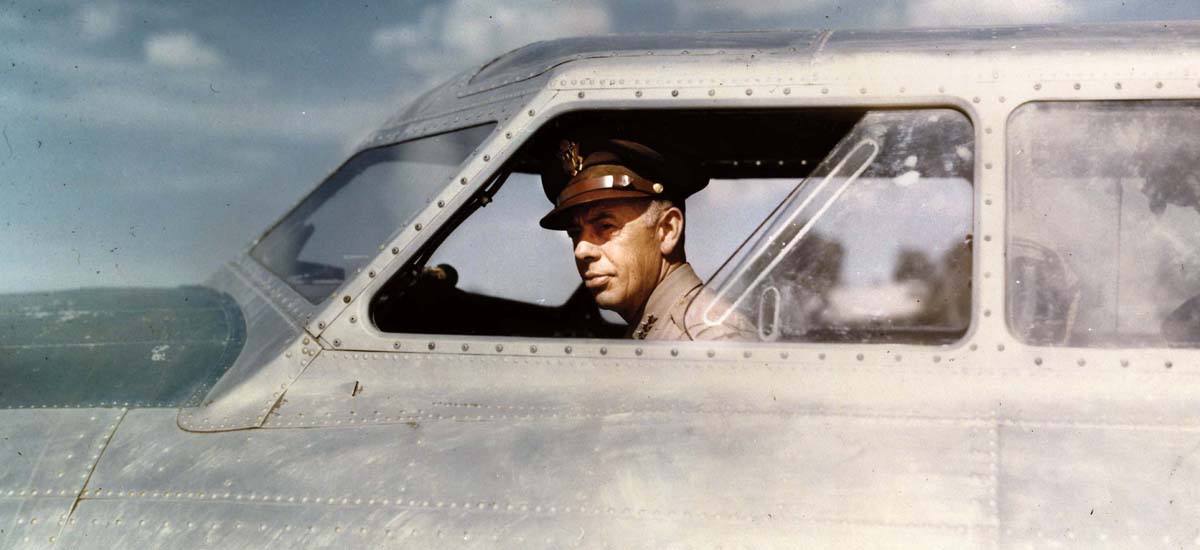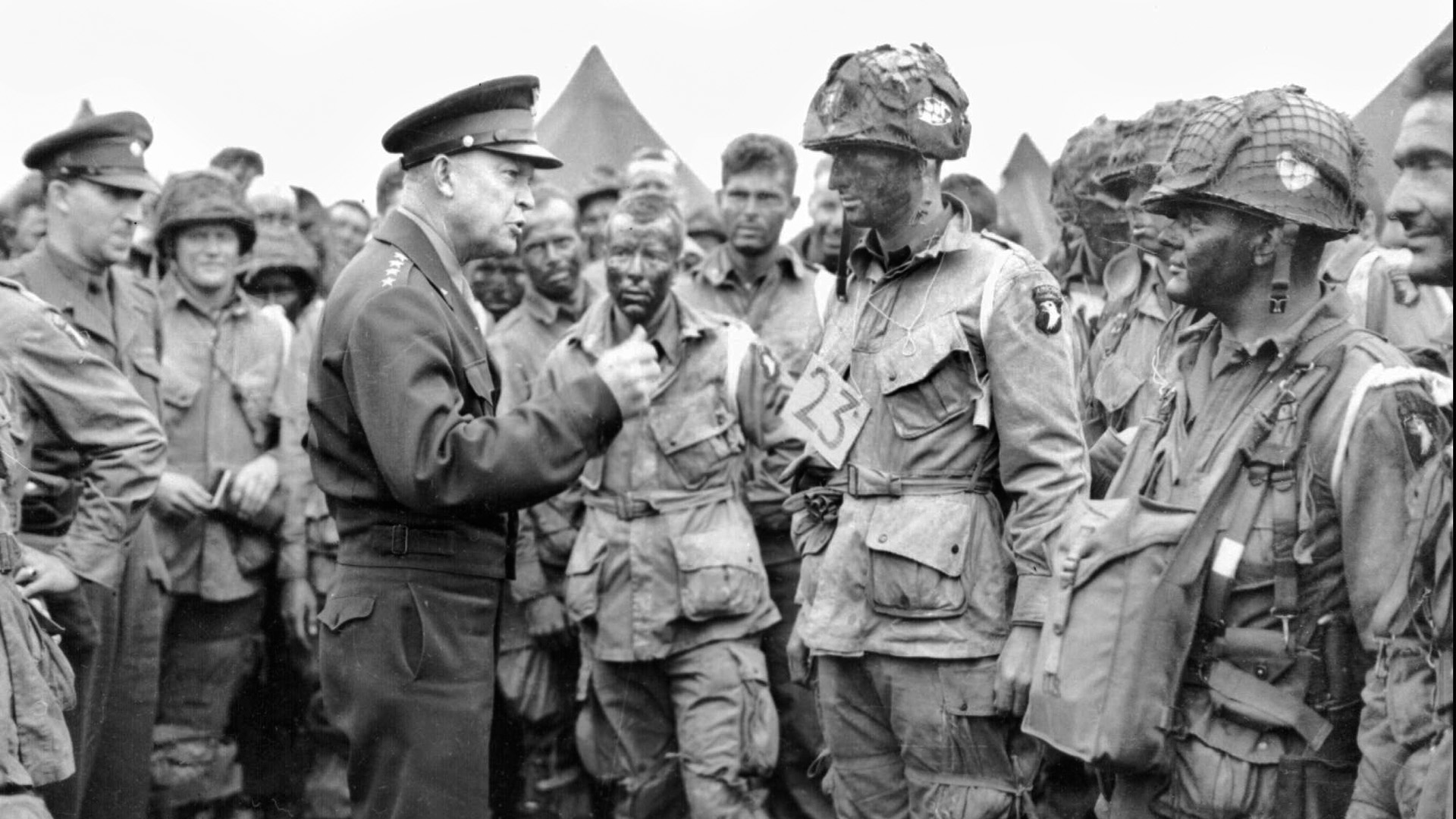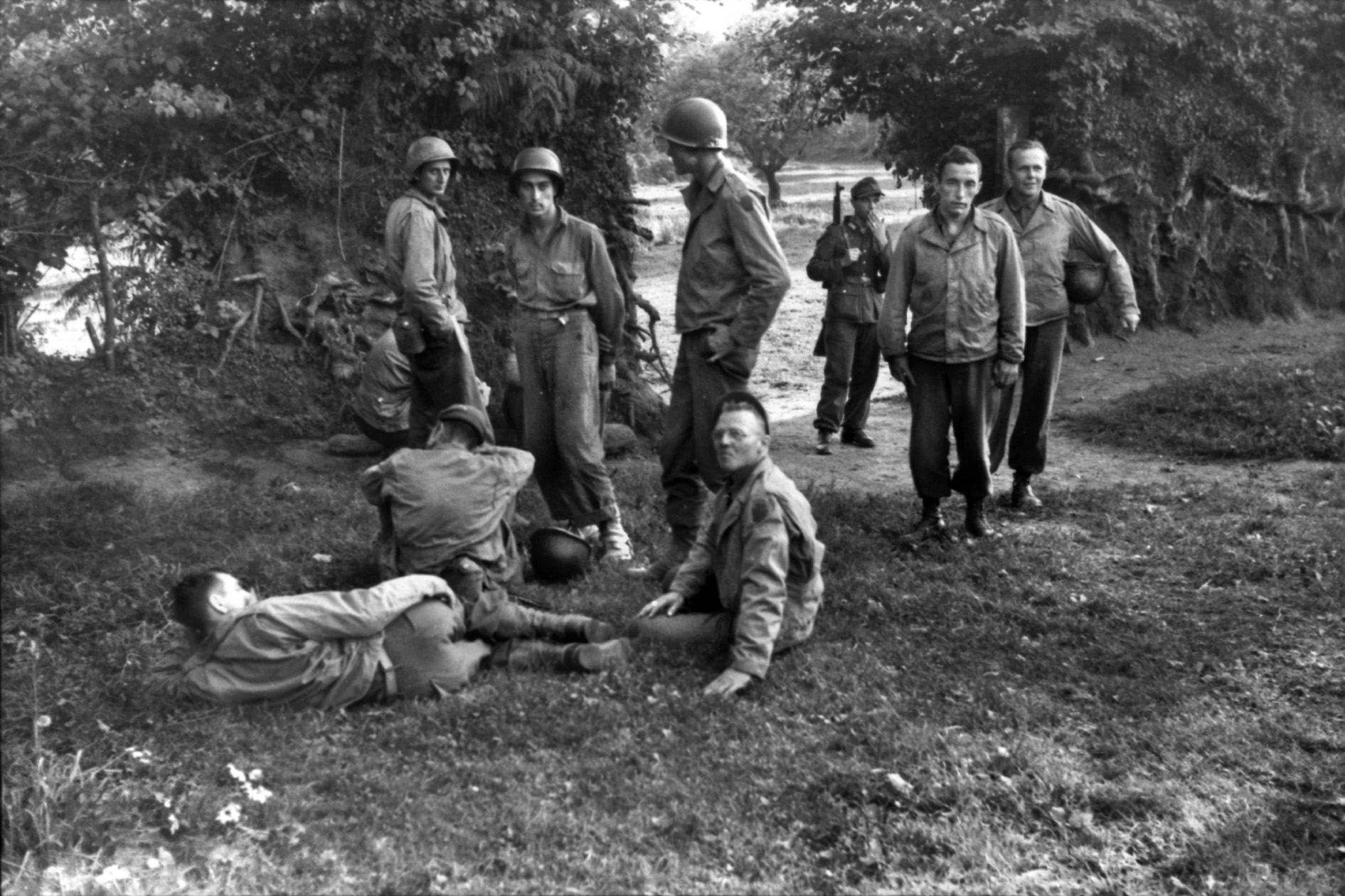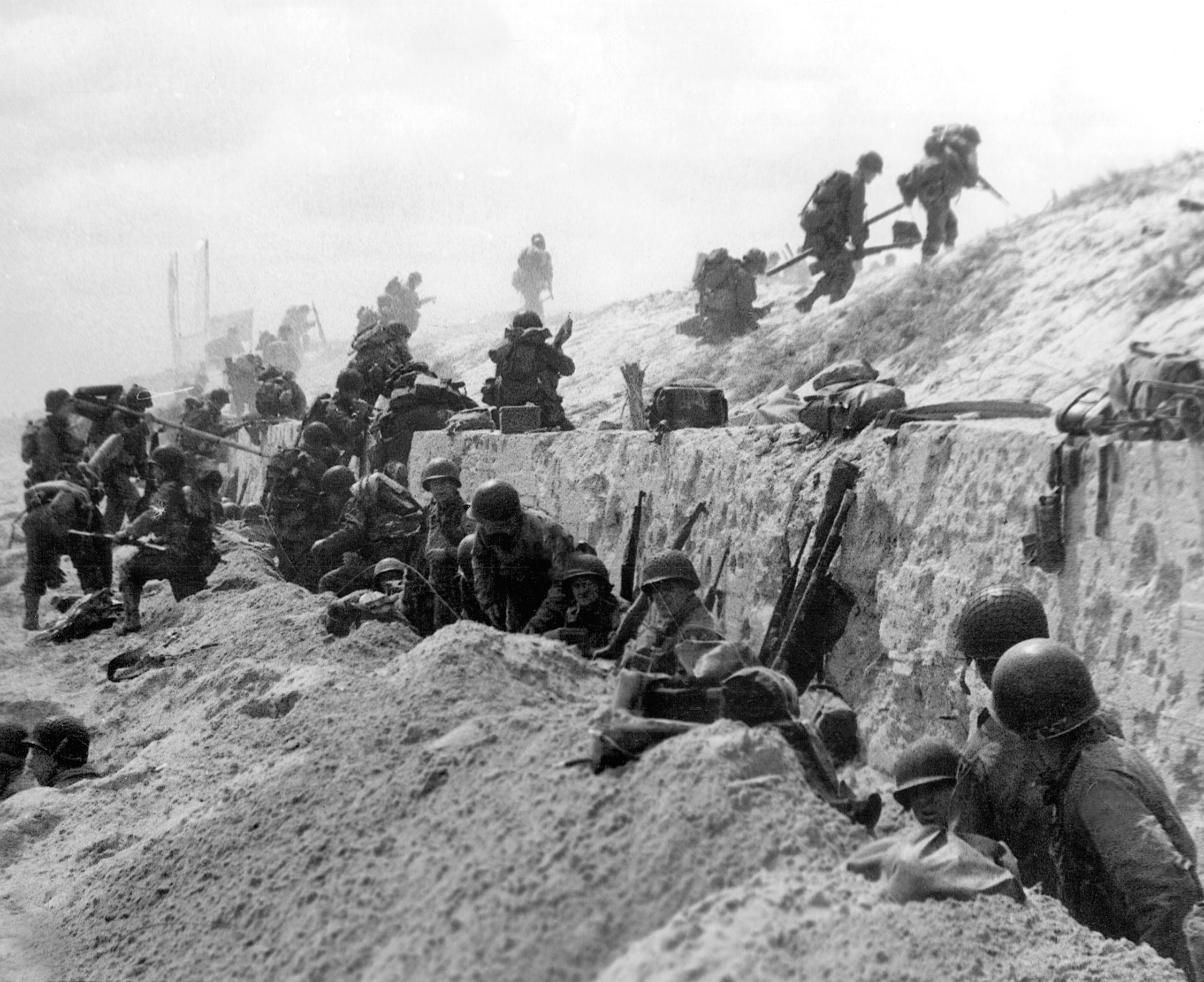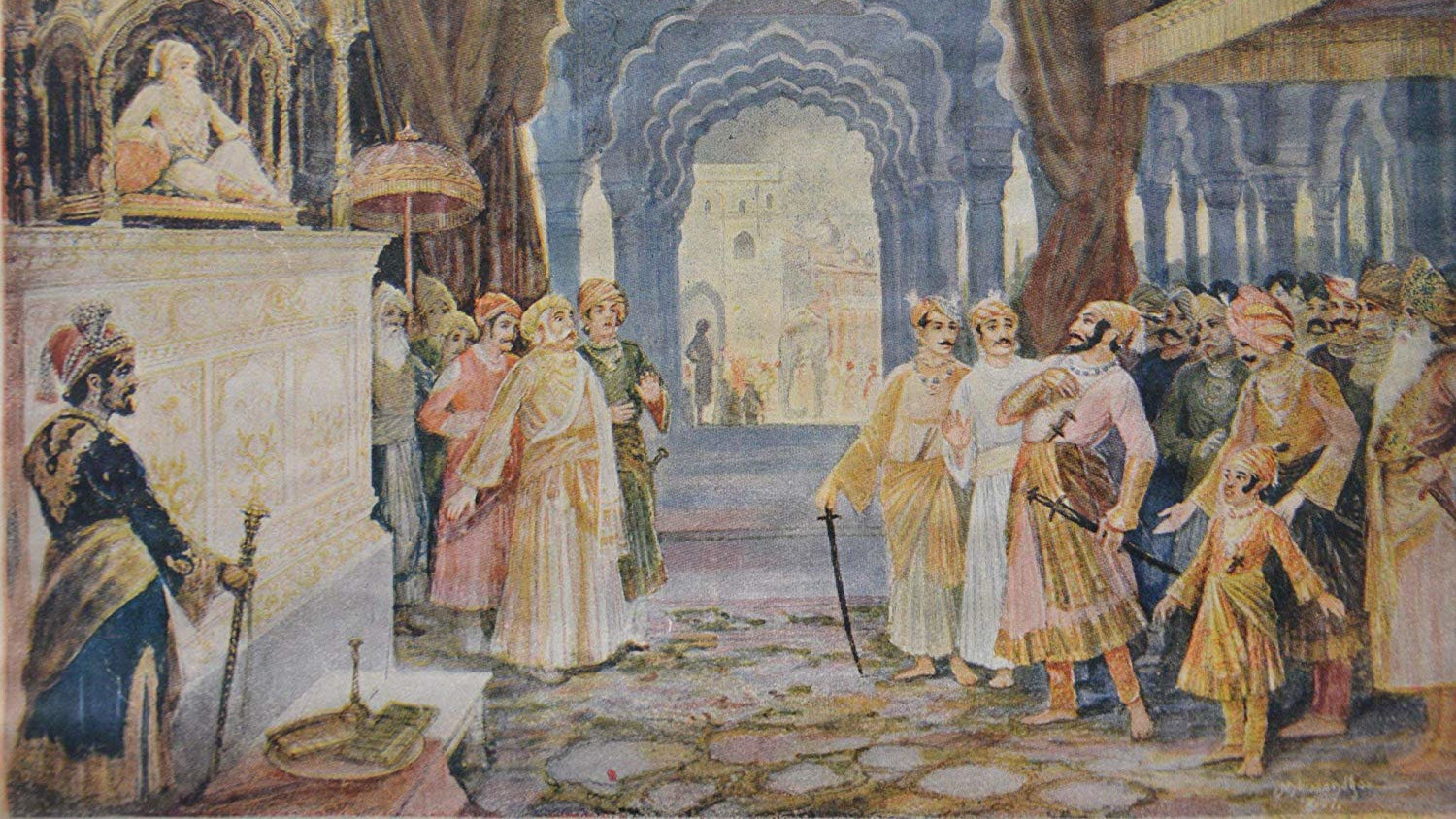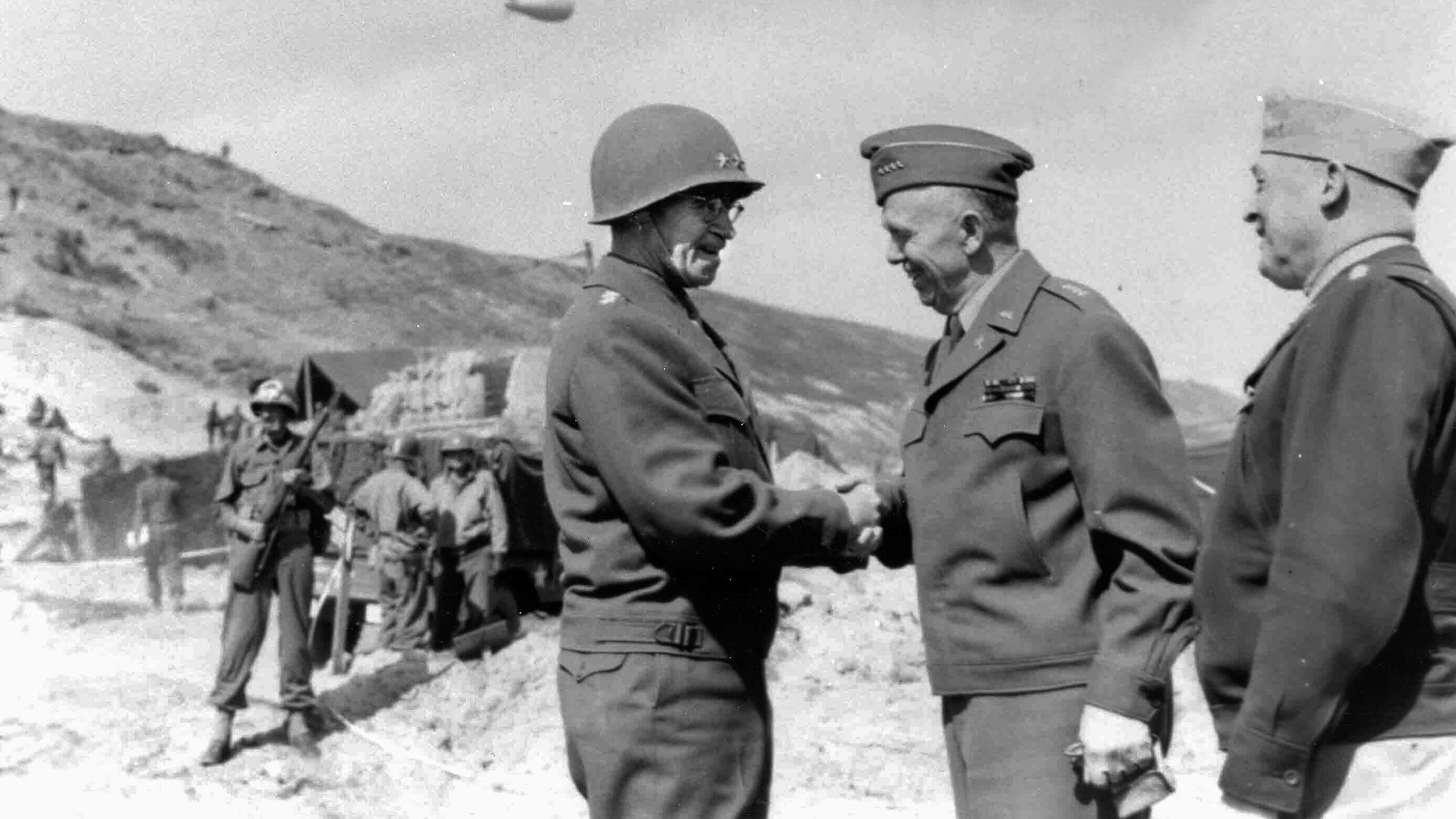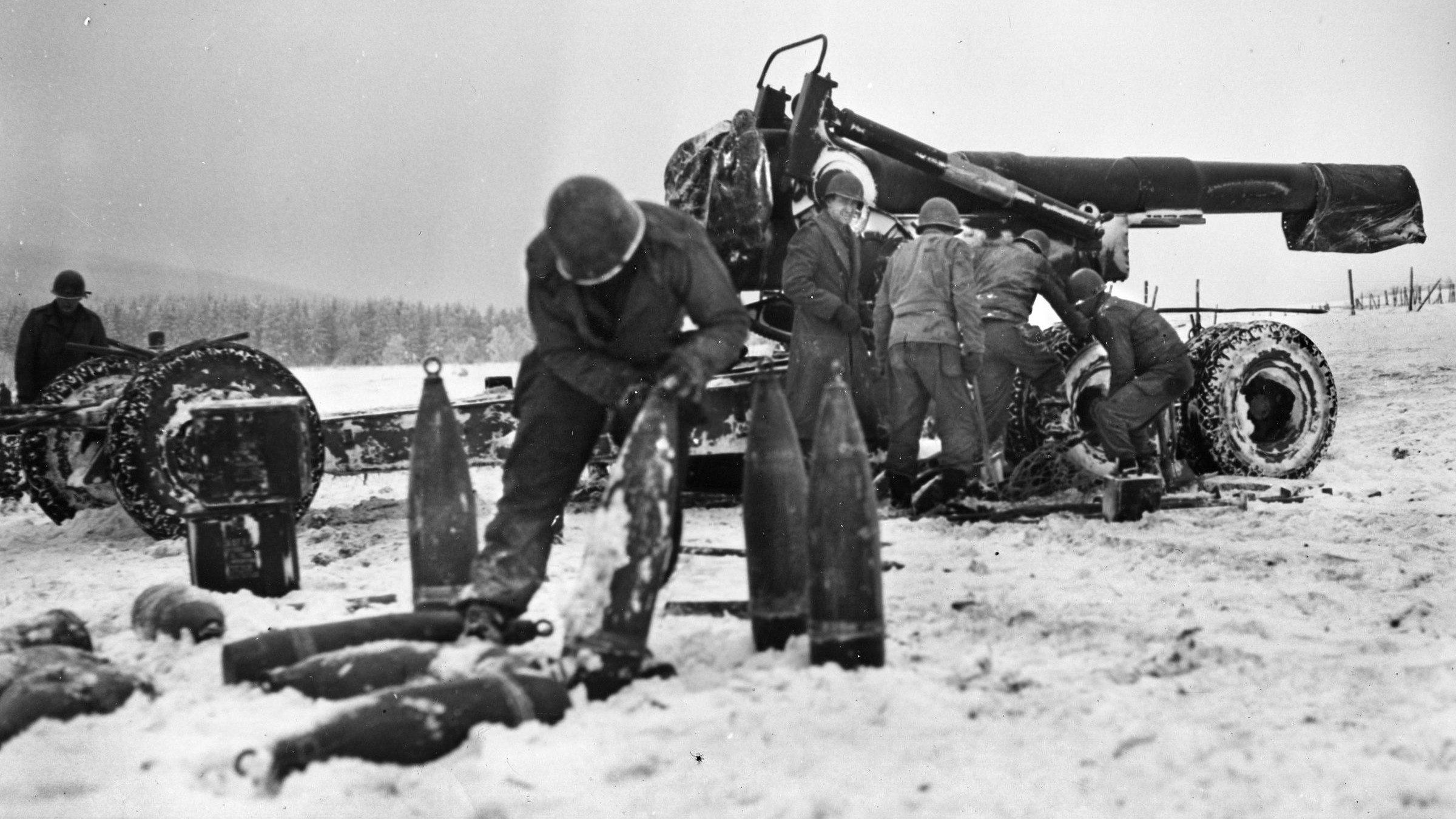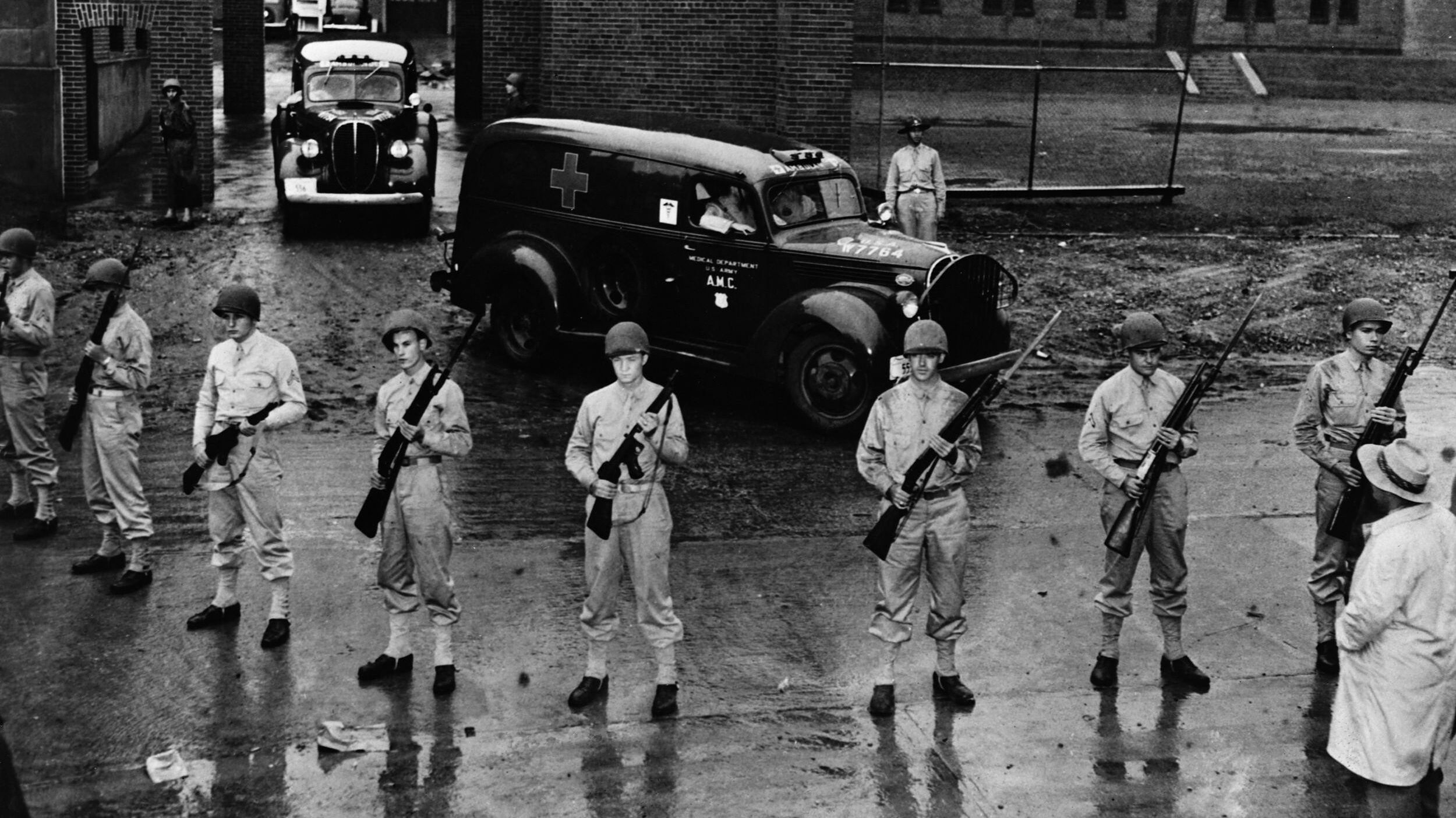By Christopher Miskimon
Balikpapan was the most important oil refinery complex in the Pacific during World War II. Located on the island of Borneo in what was then the Dutch East Indies, one expert considered it “the most complete oil refinery outside the continental limits of the United States.” Intelligence estimates rated it capable of supplying 80 percent of the Japanese naval air arm’s need for high-octane aviation fuel, though in reality that figure was likely much lower. Nevertheless, Balikpapan was as important to Japan as Ploesti was to Nazi Germany. This made it an important target for Allied planners, who set it in their crosshairs in 1942.
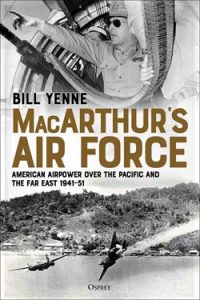
Major General George Kenney, commanding the Fifth Air Force, wanted to hit Balikpapan as quickly as possible but was hampered by a lack of aircraft and the long distances involved, which prevented fighter escort. He also knew the Japanese were building up their air power in the Philippines, and he wanted to deny them sufficient fuel to operate those planes effectively. Kenney initially hoped for some of the new, long-range B-29 Superfortress bombers to hit the refinery, but when they became operational in mid-1944, none was assigned to his command.
The break came in late 1944, when the islands of Noemfoor and Morotai were captured. Establishing airfields on both islands reduced the range to less than 1,000 miles and enabled drop tank-equipped P-38s and P-47s to escort the bombers to the target. Extra-large drop tanks were developed, and famed aviator Charles Lindbergh was brought in to teach the pilots how to conserve fuel on extended journeys. The new airfields also allowed Kenney’s staff to increase the number of bombers in each attack. Although the first missions against Balikpapan often contained a few as six bombers, the attacks might now include 100 bombers or more, a much more significant force but still only a third or less of the numbers being used to attack Ploesti. This only highlighted the comparative dearth of resources allocated to the Pacific Theater.
Fighter escort proved vital. Early attacks went in without fighter cover and took heavy losses. Along with the fighters, the units involved practiced flying in the mutually supporting “box” formations the European bomber groups were using. They also switched to larger 500-pound bombs to increase the damage to the target. In addition, planners became better at coordinating the attacks so the bombers arrived all at once and sent night missions to keep the Japanese unbalanced.
The results were much the same as the bombing mission in August 1943 against the oil refineries in Ploesti, Romania: Heavy damage was done to the refineries, docks, and storage tanks. Kenney believed the operations a success, stating, “We just about finished off Balikpapan for the rest of the war.” In reality, the Japanese launched a major effort to rebuild the facility, which apparently had never sent much fuel to the Philippines anyway. Some estimate that the naval and submarine campaign against Japanese tankers was much more effective. Still, occasional bombing raids hit Balikpapan later in the war, until production practically ceased; by then, however, the Japanese could no longer transport any fuel it made anyway.
The Allied operations against Balikpapan were just some of the many carried out by American air forces in the Pacific and later during the Korean War. Like most of them, what seemed a success or failure at the time was often reconsidered in hindsight. The author presents these viewpoints as well as a dramatic history of American airpower in the Asia-Pacific region in MacArthur’s Air Force: American Airpower Over the Pacific and the Far East, 1941-51 (Bill Yemen, Osprey Publishing, Oxford, UK, 2019, 319 pp., maps, photographs, bibliography, index, $30.00, hardcover).
By the end of World War II, MacArthur’s command had more than 5,000 aircraft. In Korea he led forces that ushered in the jet age of air warfare. This was a long way from the humble beginnings of U.S. air power in the Pacific Theater, when Americans were lucky to get a small number of aircraft over a target simultaneously. This is a sweeping history, but the author is well-equipped to tell it, having written a number of aviation titles previously. This new work continues his tradition of engaging storytelling, in-depth research, and an ability to make a broad subject accessible and relatable to the reader. The book admirably compiles the history of the Far East Air Forces into one useful volume.
MiG Alley: The US Air Force in Korea 1950-53 (Thomas McKelvey Cleaver, Osprey Publishing, Oxford, UK, 2019, maps, photographs, bibliography, index, $30.00, hardcover)
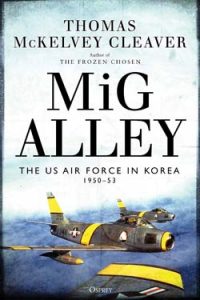
Lieutenant Colonel Bruce Hinton found himself separated from the rest of his flight as they attacked a formation of MiG-15s just south of the Yalu River in North Korea. It was December 17, 1950, and his flight of F-86 Sabres had achieved the element of surprise. Using fake call signs and specific flying patterns at lower altitudes, they fooled the enemy into thinking they were poorer performing F-80s. When the MiGs came up to fight, Hinton’s flight pounced. As his wingman struggled to keep up, Hinton fired into the nearest MiG, which slowed. Forced to close the distance, the American pilot put three more bursts into the enemy plane. It exploded into flames and dove into the ground. The F-86 Sabre had scored its first aerial victory.
The air war over Korea is largely overlooked, but it was one of the most intense in history. More bombs fell on North Korea in three years than were dropped on Nazi Germany during all of World War II. Despite such statistics, the Korean conflict is often called a forgotten war. The author seeks to redress this imbalance with an in-depth look at the air campaign, with a focus on the U.S. Air Force. He uses numerous personal stories from combatants on both sides to provide vivid detail in the text, revealing that the air war was much messier and less one-sided than the accepted version of events would indicate.
Smedley (Jeff McComsey, Dead Reckoning/ Naval Institute Press, Annapolis, MD, 2019, 176 pp., photographs, $26.95, softcover)
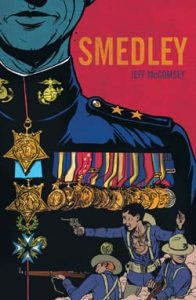
Major General Smedley Butler is a legend in the United States Marine Corps. He is one of the most decorated Marines in the organization’s history. But like all Marine officers, he started as a young lieutenant, unsure of himself but brave enough to try anyway. His service began in Cuba during the Spanish-American War and continued in the Philippines; he then Marines in the Boxer Rebellion. He went on an intelligence-gathering mission into Mexico during a period of tension there. The so-called Banana Wars were next for him, followed by World War I, even though he did not see combat there. During this long journey, Smedley earned two Medals of Honor, among his other awards. Eventually, he became disillusioned with continued service, believing the blood and sacrifice of American servicemen was often squandered to advance corporate interests.
This work is part of a new series of military-history-related graphic novels aimed at young adults but equally interesting to older readers, as well. The narrative begins with Smedley visiting the famed Bonus Army in the 1930s and relating his military life through his conversations and storytelling with the Bonus Marchers. The book is well- written and clearly relates Smedley’s biography in an innovative and interesting way. The illustrations are well-drawn and attractive.
Yank and Rebel Rangers: Special Operations in the American Civil War (Robert W. Black, Pen and Sword Books, South Yorkshire, UK, 2019, 370 pp., photographs, notes, bibliography, index, $32.95, hardcover)
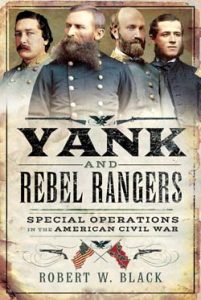
On April 3, 1865, Confederate Brig. Gen. Rufus Barringer rode with his column of cavalry along a dusty road near Sayler’s Creek, Virginia. As they rode toward battle, he turned in his saddle and saw a group of 15 horsemen moving up his line, chatting with his men as they approached.
It did not seem unusual. When the group approached him, though, Barringer frowned at their easy familiarity. The group’s officer bid Barringer a good afternoon and the general frostily replied “You have the advantage of me, Sir!”
“You’re right, I have, General!” replied the officer. Barringer suddenly realized the cavalrymen were pointing revolvers at him and his staff officers and orderlies. They held their weapons so the rest of the Rebel column was unable to see what was happening. Barringer realized the futility of his position and soon he and his party were quietly led away. Union Major Henry Young and his rangers had captured a general right in front of his own men.
Rangers fought in six wars before the United States was even formed. By the Civil War, the ranger was a standard, if unorthodox, concept in military circles. This new book reveals the wide-ranging use of rangers by both sides. It is exhaustively researched and well written. The author presents gripping accounts of the various exploits of these unusual soldiers.
Crusaders: The Epic History of the Wars for the Holy Lands (Dan Jones, Viking Press, New York, 2019, 424 pp., maps, photographs, appendices, notes, bibliography, index, $30.00, hardcover)

The Crusades in the Holy Land from 1095 to 1291 were a bloody period of religious warfare that still resonates in the modern era. When Christian armies took Jerusalem in 1099, they ignited centuries of conflict between Christian and Muslim, leading to the slaughter of thousands of people at the time.
Yet the Crusades were not entirely religious in nature. Economic and political issues frequently prompted crusader campaigns in the Outremer. It was as often about gold as about God. The Crusades eventually ended with the fall of Acre in 1291, but even today extremists on both sides still reference them in the commission of acts of terror and atrocity.
The author has written widely on the medieval period. His latest work tells the story of the Crusades through portraits of various people on both sides. Included in the narrative are Saladin, Frankish rulers, and Mamluk slave soldiers. These vignettes offer fascinating glimpses into the region and period. One of the most compelling accounts concerns Margaret of Beverley, an Englishwoman who fought during the Siege of Jerusalem armed with only a slingshot.
The Battle of the Catalaunian Fields AD 451 (Evan Michael Schultheis, Pen and Sword Books, South Yorkshire, UK, 2019, 262 pp., maps, photographs, appendices, notes, bibliography, glossary, index, $34.95, hardcover)
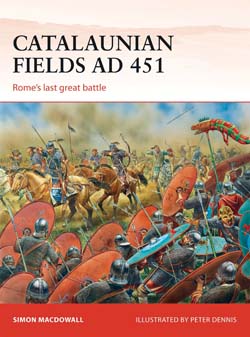
The Battle of the Catalaunian Fields is considered by many to be one of the pivotal battles of European history. It was the climax of Attila the Hun’s invasion of the Western Roman Empire. That campaign reached as far as Orleans in France before Attila’s defeat saved the West from conquest by the Huns. It was a battle fought between two armies liberally reinforced with allied forces. Unfortunately, sources for the battle are often fragmentary and overused, limiting the understanding of the battle to long-accepted accounts that do not benefit from modern historiography and new research.
This new study of the famous battle brings a fresh look to the reader, blending the common sources with new research and material from Roman military manuals to create a narrative that reconsiders the traditional view of the battle. The author portrays the Hun army as a complex, combined-arms force rather than a horde. Roman use of allies is also explored, along with studies of the Germanic tribes who fought on both sides. Good maps, color illustrations, and detailed appendices complement the writing to present a new perspective of the battle.
The Greatest Fury: The Battle of New Orleans and the Rebirth of America (William C. Davis, Caliber Press, New York, 2109, 560 pp., maps, photographs, notes, bibliography, index, $32.00, hardcover)

The American line at the Battle of New Orleans was a mixed force of militia, regulars, Marines, and even a few pirates, interspersed with artillery positions. General Andrew Jackson intentionally mixed different types of troops with his cannons so they could support and encourage each other. Much of his army was untrained and poorly disciplined; some of the soldiers even arrived unarmed. They stood against a battle-hardened British army that expected to win despite the numerical imbalance and the stout American position.
The stakes were high at New Orleans. If the British took the city, they would hold the mouth of the Mississippi River and control the economic lifeline of the midwestern interior of the country. The actual battle was over quickly, the Americans soundly defeating the British in just a few hours. Most of the British army’s senior officers were either killed or wounded in the battle. The Americans’ one-sided victory had enduring effects on both the United States and North America in general.
The Battle of New Orleans has been the subject of many books. What makes this new work stand out is its clear and engaging narrative. The smooth prose immerses the reader in the story, and the level of detail is high. The author successfully integrates the varied factors that combined to create and shape this battle: geopolitical maneuvering, personal ambition, and patriotic fervor. The result is a single volume that both describes the battle and explains it wider significance.
Nieuwpoort 1600: The First Modern Battle (Bouko De Groot, Osprey Publishing, Oxford, UK, 2019, 96 pp., maps, photographs, bibliography, index, $24.00, softcover)
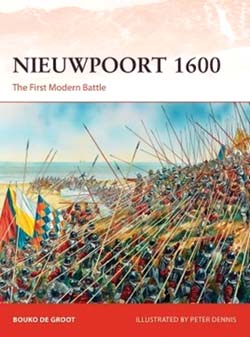
The 80 Years War began as a small Dutch rebellion aimed at achieving religious freedom from the ruling Spanish, but it soon escalated into one of Europe’s longest conflicts. Events convinced the Dutch to go on the offensive, leading to a campaign pitting Albert of Hapsburg against Maurice of Nassau. Albert led an army of the famed Spanish tercios. Maurice instituted a series of revolutionary military reforms. Although unproven in battle, the Dutch army held great promise.
The Dutch planned to land near Nieuwpoort and march to Dunkirk, the northern home port of the Spanish navy. But the Spanish army cut off the Dutch. The two armies then met on the beach and dunes north of the city. The battle was a decisive Dutch victory and is often identified as the first modern battle. It ensured the survival of the new Dutch Republic, and the novel tactics and procedures employed by its reformed army began a transformation of warfare in Europe.
Osprey’s Campaign series brings the reader thorough yet concise accounts of the greatest battles, campaigns, and operations of history. This superb volume covers Nieuwpoort in standard fashion, giving readers the full scope of the battle. It describes the background, commanders, armies, equipment, and events of the engagement. Moreover, the book has excellent maps and illustrations not found in many other books on the topic.
Spain in Arms: A Military History of the Spanish Civil War 1936-1939 (E.R. Hooten, Casemate Publishing, Havertown, PA, 2019, 256 pp., maps, photographs, notes, bibliography, index, $32.95, hardcover)

On the night of February 10, 1937, Moorish infantry supported by engineers crept toward the Pindoque railroad bridge in Spain. The span was an imposing steel structure set upon white stone pillars over a river swollen with winter precipitation. The Moors moved out of the inky darkness, slitting the sentries’ throats and attacking a defending company of Frenchmen. Only four of the Gallic fighters managed to escape the slaughter. They quickly stripped off the demolition charges placed on the bridge and laid planks over the rails so their own infantry could cross easily.
One demolition charge had been overlooked, but its explosion did little damage. Troops were soon pouring across, forming a bridgehead for the Nationalist troops to advance. Opposing tanks and aircraft soon appeared, pouring deadly fire into the Nationalist ranks, but their artillery held the enemy back until antitank guns could be brought forward and cavalry swept the opposite slopes of infantry. More troops crossed the bridge into the battle that night, securing the bridgehead.
The Spanish Civil War is often portrayed as a conflict of polyglot armies using foreign weapons and mercenaries. The author asserts that while there is some truth to this characterization, the war was mainly fought by Spaniards, improvising and using their often-scant resources to maximum effect. The book takes advantage of records in both the British and French archives to provide a new context to the war and those who fought it.
A Machine Gunner in France: The Memoirs of Ward Schrantz, 35th Division, 1917-1919 (Ward Schrantz, edited by Jeffrey L. Patrick, University of North Texas Press, Denton, 2019, 525 pp., maps, photographs, notes, bibliography, index, $34.95, hardcover)
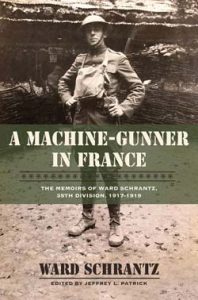
Ward Schrantz was a National Guard officer in the 35th Division, made up of troops from Kansas and Missouri. He served on the Mexican border for several years before World War I catapulted him and his division into the trenches of Western Europe. As a captain, he commanded Company A, 128th Machine Gun Battalion, serving in the Vosges Mountains of France. He observed during his time in France the grim realities of war as opposed to the tales of glory so often recounted. One of his officers had to steal parts for their vehicles, and several of his men were killed in tragic accidents, both in training and on the front lines. When Ward returned home after the war, his experience working for a small-town newspaper helped him create a memoir he never intended for publication.
It is to the modern reader’s benefit, though, that Ward’s writings have been published in this new work. It is an unvarnished, realistic look at a soldier’s life in the Great War. The editor does creditable work in organizing and supporting this memoir, making it flow easily on the page. It also sheds new light on one of the more obscure American units of the war.
